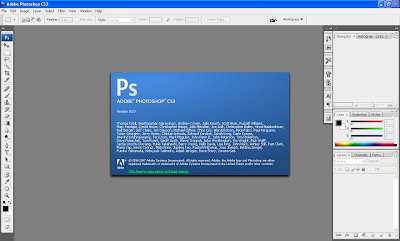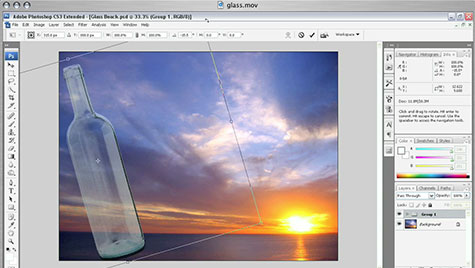
The feature was limited to only a few effects, though, so you still had to think carefully about structuring your documents in multiple layers to constrain your destructive effects. When Adobe added Adjustment Layers to Photoshop in version 4 in 1996, it introduced the practice of non-destructive image editing to Photoshop. You can also paint a Layer Mask to constrain the effects of your Smart Filters. This function works best with pictures taken in rapid succession by a digital SLR mounted on a tripod.Smart Filters attach to a layer like a Layer Style. So if Bob’s got his peepers open in one and closed in another, you can bring forth his baby blues instead of his eyelids. The tool matches up common elements in the images then you can use other tools to choose portions of whichever image you want. Refine Edge is great for clearing away rough edges and extraneous pixels, even if you do take the trouble to create pixel-level selections.ĬS3’s Auto-Align Layers let you combine multiple images (which you arrange as separate layers in the same file). After making a selection, you can adjust its radius, contrast, and smoothness by using the tool’s sliders.


I was more impressed with Photoshop CS3’s new Refine Edge tool. But unlike the magic wand, the Quick Selection tool (at least in beta form) lacks a tolerance setting, and as a result it often selected the entire image after a few clicks. I found that the tool works very well with sharp, high-contrast color images, where it functions as a smarter, faster magic wand tool. With this tool, you don’t have to hold down the Shift key to add to your selection instead, click the areas of your image that you want to select, and you’re done (perfect for making a complicated selection while holding a cold beverage in your off-mouse hand).

With Photoshop CS3’s new Quick Selection tool, choosing the portions of your image to act on is simpler, too. Other Adobe apps already have similar fly-outs they’re long overdue in the company’s flagship application. Click the layer you want and then click back to your image, and the palette automatically closes. For example, to switch layers, just click the palette’s tiny icon, and the full palette pops open. The redesigned setup makes using those palettes easier, too. At their smallest, the buttons are narrower than the tools palette (which also got a minor makeover–now you can resize it to be one column or two, as well). A third option is to arrange them in one or two columns and choose only the palettes you want.

You can reduce the buttons to tiny size, or you can tear off the palettes and park them around your screen, as with previous Photoshop versions. Both single-monitor and dual-monitor users can benefit from this upgrade.


 0 kommentar(er)
0 kommentar(er)
